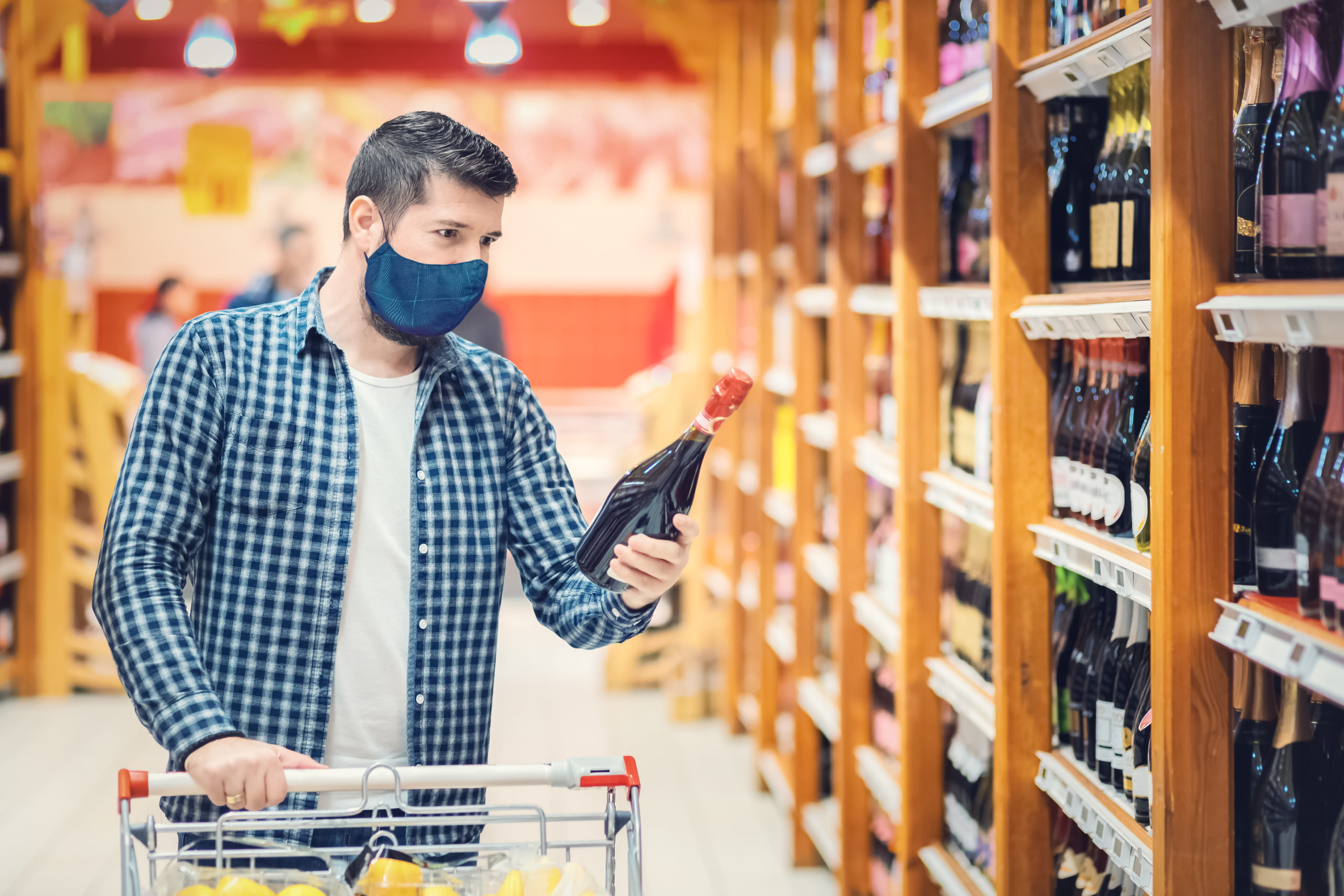With in-store traffic down as much as 55% in the summer of 2020, retailers need to deliver new shopping experiences to bring consumers back to the store. Not only do today’s consumers want to be entertained, they also need to feel safe within the retail environment. To draw the new (masked and socially distanced) consumer back into physical spaces, retailers must be more creative and mindful than ever before.
What Is Experiential Retail?
Also known as retailtainment and retail theater, this form of marketing and customer engagement seeks to turn the routine act of shopping into a memorable experience. With the sharp rise of online shopping and food delivery, brick-and-mortar brands have evolved their tactics to draw traffic into their locations and keep them shopping.
Delighting and entertaining shoppers and diners builds brand loyalty and creates word-of-mouth buzz. Consumers who discover something unexpected and fun within a retail environment will share their experience via social media and reviews. That, in turn, drives new traffic.
The need for all of this has been heightened by the pandemic, and brands are responding. Earlier this year, Ad Age declared, “Rather than isolated events hoping to drum up buzz, brands are producing layered activations that are interesting, organic and authentic.”
5 Key Trends Will Shape Experiences
Recent data from YouGov shows that despite today’s restrictions, about a third of consumers (31%) have attended product demonstrations, one in five explored pop-up shops, and 17% visited brand installations.
Here are five ways brand marketers are incorporating experiences and entertainment into their marketing plans.
1. The Physical Retail Environment Transcends Four Walls
Retailers are starting to look at curbside pick-up, parking lot experiences, and sponsorships of socially distanced events as ways to reach — and engage — customers and prospects. Rather than viewing this as a limitation, creative marketers must adopt the view that their entire storefront and nearby space is a potential interactive “billboard” for their brand.
2. Celebrities and Influencers Play a New Role in Experiential Marketing
With live concerts and events on hold, popular stars have taken to social media to entertain their fans. Some of the dollars you’re saving on live events can be redirected to partnering with talent to create powerful online experiences (see No.5).
3. Safety Has Become a Brand Differentiator
How people navigate your stores is different, so take a careful look at your signage about your policies. COVID-19 is a serious threat, but your language about masks and rules can still be a bit whimsical and entertaining. Let your consumers know about how you’re creating a healthier environment for them and ensuring your team serves as ambassadors of your new guidelines. POP displays now need to be touch-free. Group events are still possible — albeit socially distanced.
4. Product Lines Are Expanding and Evolving
Before the pandemic, brands had already begun to blur the definition of retail. For example, Tommy Bahama is both a restaurant and a retailer, and the one-stop consumer has become more commonplace. Creating environments where your shoppers can easily navigate your locations and know exactly what you’re selling (and where the deals are) is more important than ever before.
5. Digital and In-Person Experiences Are Becoming Fully Integrated
Brands are more aware than ever of the need to combine in-person and digital messaging and promotions.
-
- BOPIS (buy online, pick-up in-store) is commonplace, and consumers are now accustomed to shopping that way. Think of every step along that consumer journey as a way to create an experience — from the moment someone searches on their phones or laptops for the products and services you sell, to how they are greeted and treated at the point of pick-up, to the system for providing after-sell service and cross-selling. Each touchpoint is an opportunity to wow your shopper and to build brand loyalty.
- Keeping your search listings updated and thorough is more important than ever before. Today’s customer is more likely to search “near me” as people avoid travel. If you are running a promotion, be sure that it pops on the small screen and at your locations. Your outdoor signage is also critically important in the consumer journey.
- Digital interactions are the new normal. Digital experiences are radically different from live interactions, but you can still build creative and interactive promotions that consumers will share with their friends and families. The most obvious examples are online entertainment experiences. Fashion brand Ralph Lauren partnered with Snapchat to enable shoppers to try branded clothes on their Bitmojis.
Staying Ahead of the Changes
We’re just starting to see innovations that will make experiential retail both safe and fun. “Pods” and decorative shields are starting to make appearances in store, as is greater use of VR and AR in retail merchandising.
To drive traffic back into their stores, retailers need to view their locations through the eyes of the consumer and ask themselves, “What will people find inside that will create a pleasant, safe, entertaining and memorable experience?” Your signage, merchandising, digital display systems, promotions, events, activities, and team members are all aspects of that experience.
Throughout the pandemic, we at IMS Retail have been working with a wide range of clients and industries to help businesses build those in-store experiences that strengthen brand loyalty and drive sales. Let us help you keep your customers safe and entertained.

Article Author: Stephanie Islas
Stephanie is a Digital Marketing Associate at IMS. She specializes in building creative marketing content and raising brand awareness. Her areas of expertise include social media management, digital marketing strategy, client relations, execution and promotions.

